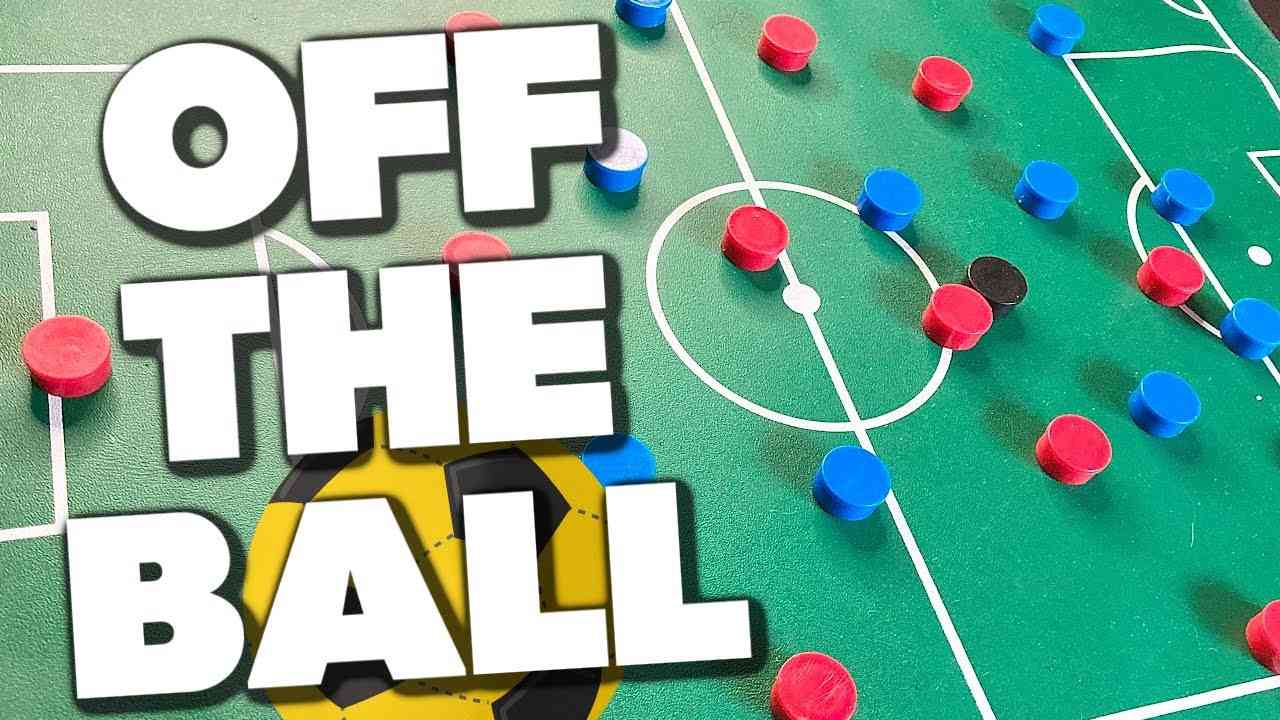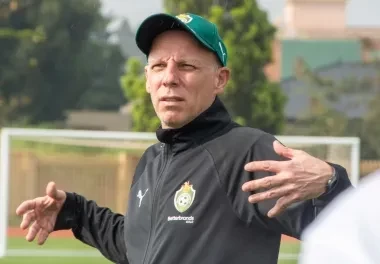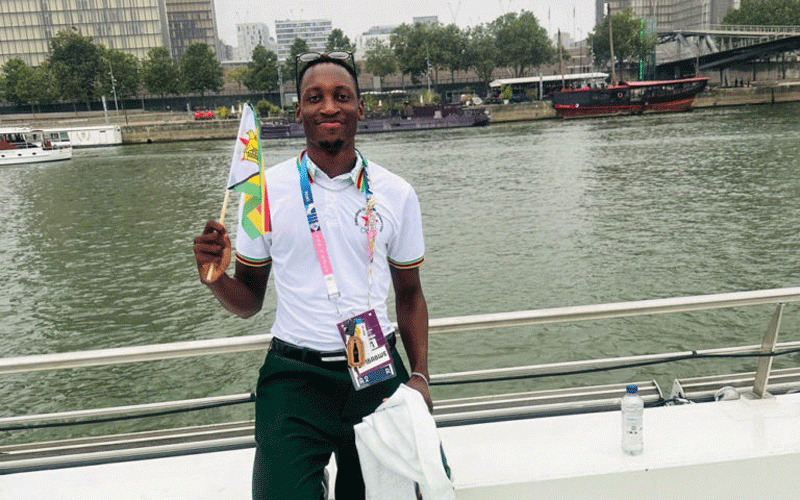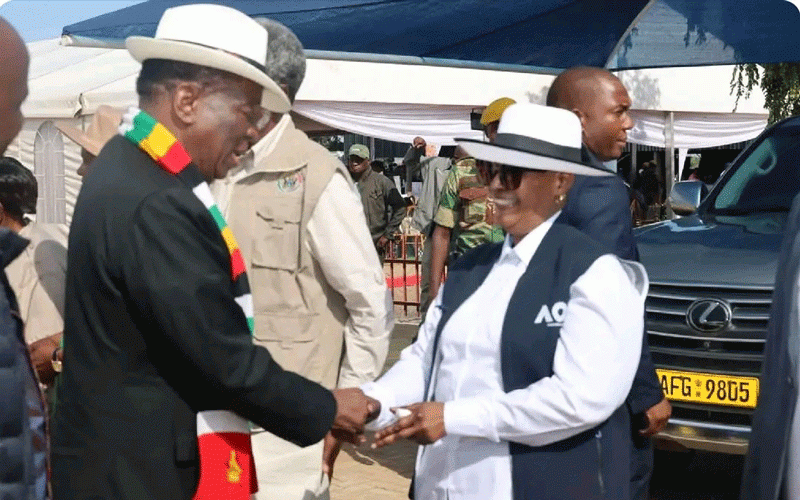
WHEN Astroturf pitches were introduced to hockey back in the early 1980s, surveys were done measuring how much time the ball was in play in international matches on grass pitches compared to Astroturf pitches, with some staggering figures. On grass the ball was in play 35% of the time – bumpy pitches meant the ball would often bounce over the stick, out of play or onto a player’s feet; however, on Astroturf, the ball was in play 75% of the time (a huge difference) as teams were more prepared to play possession hockey with the risk of missing the ball significantly smaller.
It is interesting to compare these results to what happens in other sports. Studies show that in the English Premier League, the ball is in play, on average, for 58 minutes and 32 seconds – in other words, for 64% of the 90 minutes. The lowest ever amount of minutes that the ball was in play was for 43 minutes and 10 seconds (54% of the 90 minutes). Contrast that with American Football where a match may last for 3 hours and 12 minutes but the ball is only in play for 11 minutes! That is a lot of time during which the ball is not in play!
It is worth then taking note of how long a player in soccer is actually in possession of the ball during the 90 minutes of a match. According to FIFA Training Centre results, the average time a player is on the ball is for a total of 1 minute 49 seconds of the 90 minutes of the match. On average a player may only touch the ball a maximum of 50 times in a match. That means that every player spends a massive amount of time during a match without the ball; they spend far, far more time off the ball than on it. Everyone wants to have the ball, especially when we watch the very young playing sport; they just all chase the ball, (having immense fun in doing so, by the way!) so that by some miraculous chance they may have it for a few moments. However, as they grow older, we have to teach them that it is just as important to play without the ball. What then are they doing off the ball?
Being off the ball is providing much needed support and options for those on the ball. Support play, backing up the one with the ball, gives confidence for that player to be brave in his use of the ball, knowing that someone is there in case a mistake is made. That is a major task for all players. Playing off the ball is also all about positional play, about getting into positions to receive the ball in space and with time to move the play onward. Equally, it is about getting into positions that will create space for the team mate on the ball or for the player to go and receive the ball. The movement off the ball is fundamental; no movement off the ball makes it easy for the opponents to cover the space and the player.
Off the ball is also important with regard to defending; being in position to prevent the opposition receiving the ball is equally important, anticipating potential plays and danger, closing down space for the opposition, all require movement off the ball. Indeed, the measurement of success of such play may well be for a defender not receiving the ball, as opposed to receiving it!
Much of this can be summarised in the very simple equation for players, referred to in previous articles, summed up in the three Gs – Get the ball, Give the Ball, Go for the return ball. We are off the ball in getting in position to get the ball but our first thought once we have the ball should be to give it, not to keep it. The longer we have it, the more chance the opposition have to get it! However, once we have given the ball to a teammate, our immediate thought should be to go and get in a position to receive it again – and continue the process. Off the ball is more important.
What we as coaches (and parents) need to grasp is that the same principle of what we do off the ball, of Get-Give-Go, is equally important in life. What we do out of the limelight, away from the crowds, not as a leader, is crucial, even perhaps more so than what we do when we are on the ball, when we are in control, when we are being watched. That in effect is a picture of what it means for us being off the ball; on the ball we are coaching skills but off the ball we are coaching life lessons. In short, it is called service; we are to be there for others as much as for ourselves.
We need our children to be on the ball when it comes to being off the ball! What we do off the ball is actually far more important than what we can do on the ball.
- ON THE BALL WHEN OFF THE BALL










